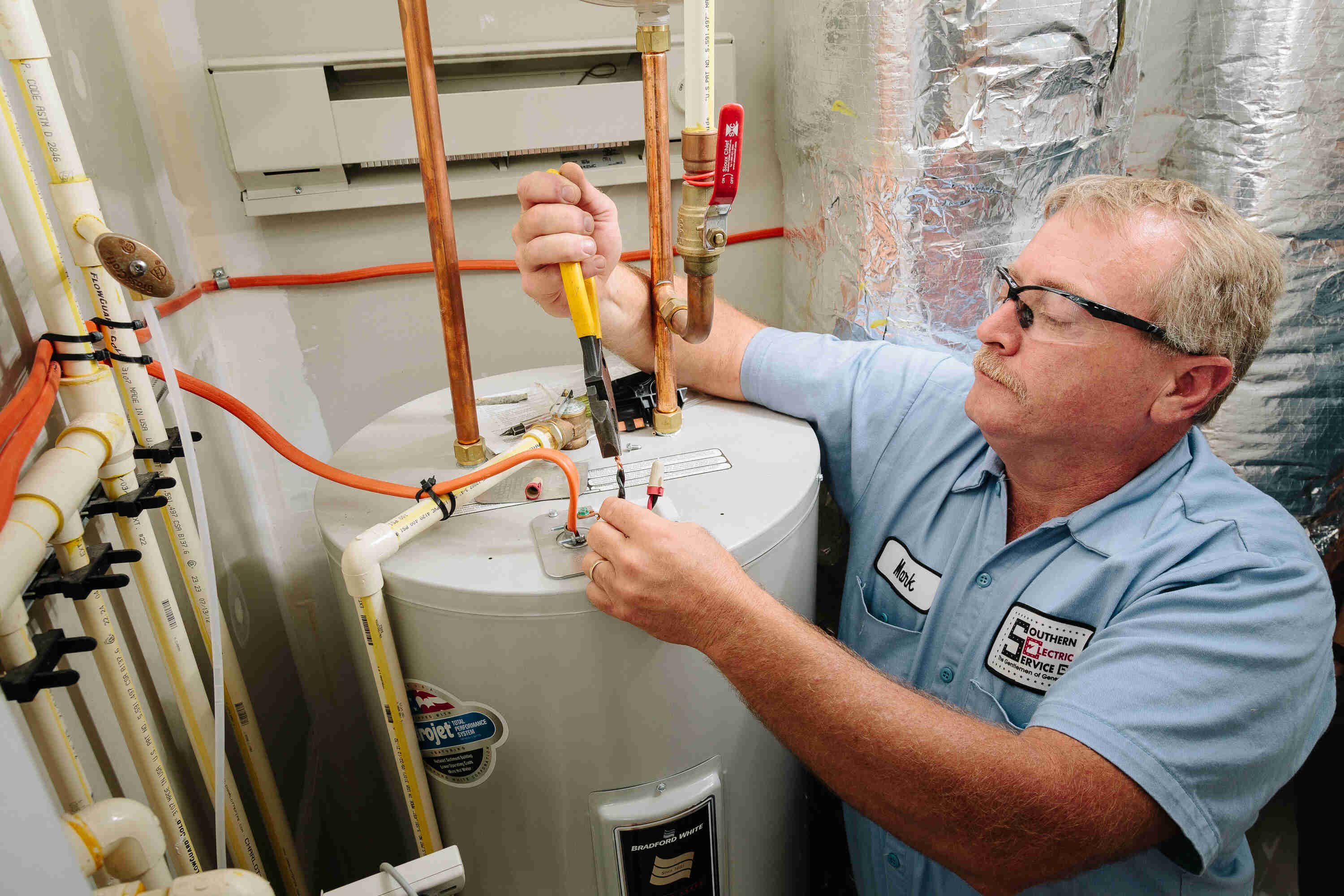Do you find yourself trying to locate details about Water Heater Maintenance Tips You Can't Afford to Forget?

Warm water is necessary for everyday convenience, whether it's for a refreshing shower or cleaning meals. To ensure your warm water system runs successfully and lasts much longer, routine upkeep is key. This article provides sensible pointers and insights on how to maintain your home's hot water system to avoid disturbances and costly repair work.
Intro
Keeping your home's hot water system may appear daunting, yet with a couple of easy steps, you can ensure it runs smoothly for several years to find. This guide covers every little thing from understanding your warm water system to DIY maintenance pointers and understanding when to contact professional assistance.
Importance of Keeping Your Hot Water System
Regular maintenance not just expands the life expectancy of your warm water system yet additionally ensures it operates effectively. Ignoring maintenance can cause lowered efficiency, greater energy expenses, and also premature failure of the system.
Indicators Your Warm Water System Demands Maintenance
Recognizing when your warm water system requires focus can stop major concerns. Look out for indicators such as inconsistent water temperature level, odd sounds from the heating unit, or rusty water.
Understanding Your Hot Water System
Prior to diving right into maintenance tasks, it's useful to comprehend the basic elements of your warm water system. Normally, this consists of the hot water heater itself, pipes, anode poles, and temperature level controls.
Regular Monthly Upkeep Tasks
Normal regular monthly checks can assist capture small problems prior to they rise.
Flushing the Hot Water Heater
Flushing your hot water heater gets rid of debris accumulation, boosting performance and extending its life.
Monitoring and Replacing Anode Rods
Anode rods stop deterioration inside the storage tank. Checking and replacing them when worn out is essential.
Inspecting and Changing Temperature Level Settings
Changing the temperature setups makes certain ideal efficiency and security.
DIY Tips for Maintenance
You can perform a number of maintenance tasks yourself to keep your warm water system in top condition.
Looking for Leaks
On a regular basis check pipelines and links for leakages, as these can cause water damages and greater bills.
Examining Pressure Alleviation Valves
Testing the pressure safety valve ensures it works properly and avoids excessive stress build-up.
Protecting Pipelines
Protecting hot water pipes decreases warm loss and can conserve power.
When to Call a Specialist
While do it yourself upkeep is valuable, some concerns require specialist proficiency.
Complicated Problems Needing Expert Assistance
Examples consist of major leakages, electrical issues, or if your water heater is consistently underperforming.
Routine Expert Maintenance Conveniences
Expert maintenance can consist of extensive inspections, tune-ups, and making sure compliance with safety standards.
Verdict
Regular upkeep of your home's warm water system is vital for effectiveness, longevity, and price financial savings. By adhering to these tips and recognizing when to seek expert aid, you can make certain a reliable supply of hot water without unexpected disturbances.
How to Maintain an Instant Hot Water Heater
Before tinkering with your hot water heater, make sure that it’s not powered on. You also have to turn off the main circuit breaker and shut off the main gas line to prevent accidents. Also turn off the water valves connected to your unit to prevent water from flowing into and out of the appliance. 2. When you’re done, you have to detach the purge valves’ caps. These look like the letter “T†and are situated on either side of the water valves. Doing so will release any pressure that has accumulated inside the valves while at the same time avoid hot water from shooting out and burning your skin. 3. When the purge valves’ caps are removed, you have to connect your hosing lines to the valves. Your unit should have come with three hoses but if it didn’t, you can purchase these things from any hardware or home repair shops. You can also get them from retail stores that sell water heating systems. Read the user’s manual and follow it to complete this task properly. When the hosing lines are connected, open the purge port’s valves. 4. You should never use harsh chemical cleaners or solutions when cleaning your unit. Make use of white vinegar instead. It should be undiluted and you’ll probably use about 2 gallons. 5. Now flush your water heater. This task should probably take about 40 minutes. We can’t give you specific directions for this because the procedure is carried out depending on the type, model and brand of your heater. With that being said, refer to the user’s manual. 6. When you’re done draining the unit, you have to turn off the purge port valves again. Remove the hosing lines that you earlier installed on each of the water valves. Put the valve caps (purge port) back in their respective places and be very careful so as not to damage the rubber discs that are found inside these caps. 7. Now that everything’s back in place, check your user’s manual again to find out how to reactivate your water heating system. 8. Once it is working, turn one of your hot water faucets on just to let air pass through the heater’s water supply pipes. Leave the tap on until water flows smoothly out of it. https://www.orrplumbing.com/blog/2014/september/how-to-maintain-an-instant-hot-water-heater/

Do you appreciate reading about Tips on Maintaining a Water Heater? Leave a remark down below. We would be delighted to see your reactions about this entry. In hopes that you visit us again before long. Sharing is nice. Helping others is fun. Thanks so much for taking the time to read it.
Schedule Service Pickup